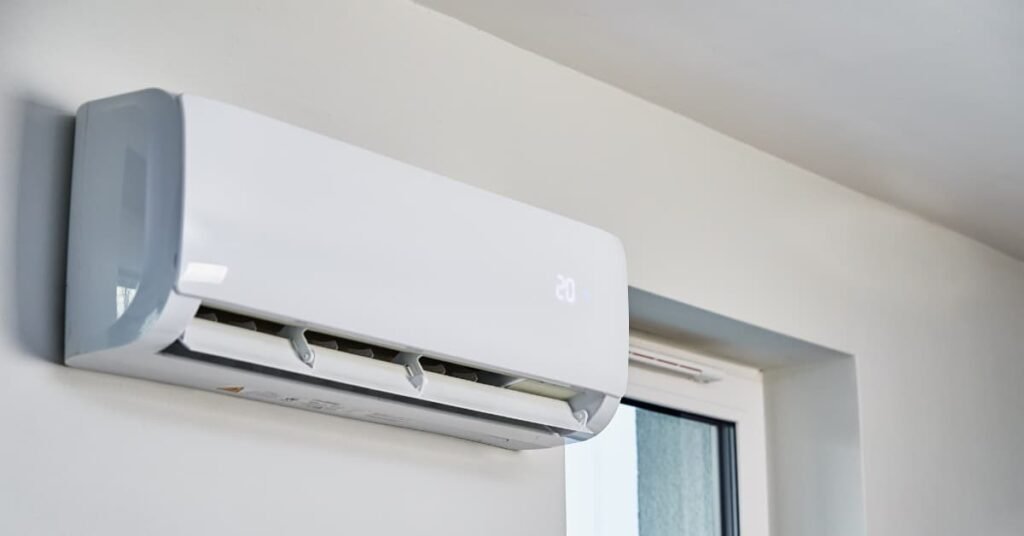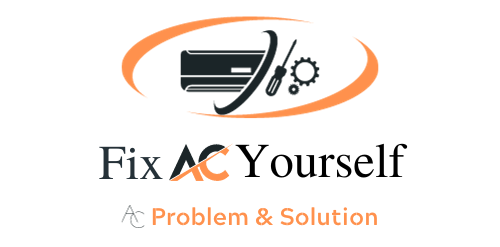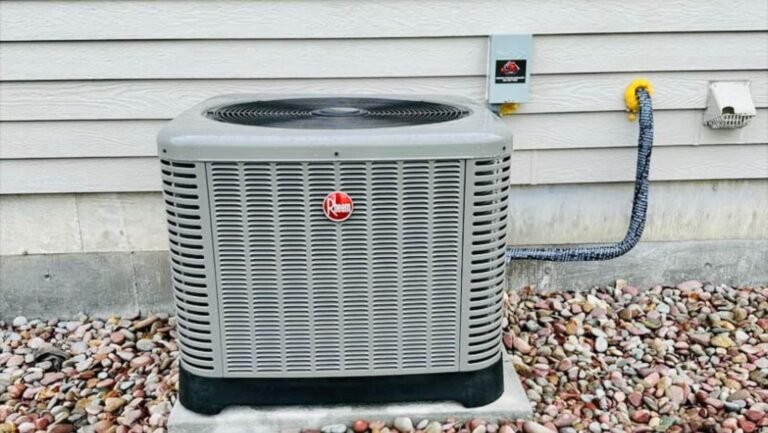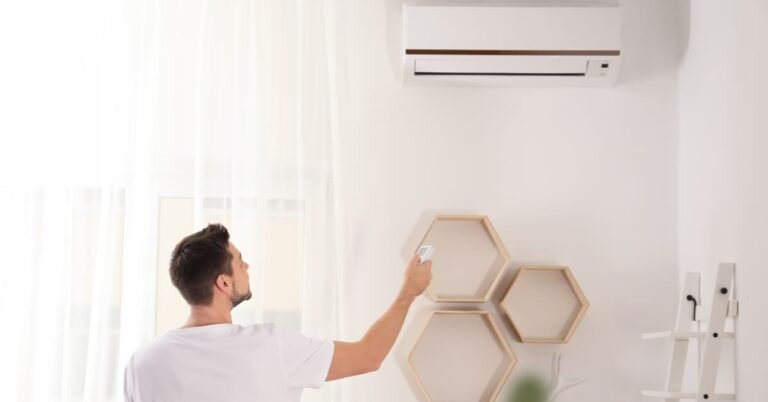What is E1 Error Code in Air Conditioner? Quick Fixes
Air conditioners are essential for maintaining comfortable temperatures, especially during hot seasons. E1 error can be frustrating for users relying on their AC units. Understanding this error code is crucial for a quick diagnosis and timely repair.
It is important not to ignore this code because it could result in further complications that can be expensive to repair.
In this article, we will explain what the E1 error code is, its causes, and what you can do to fix it.

What is E1 Error Code in Air Conditioner?
The E1 error code is a common sight in various air conditioner brands. This code signals something wrong that needs attention. With air conditioners, this could happen due to a power issue or a circuit board not talking right to the rest of the system.
Common Causes Of E1 Error Code
Understanding common causes of E1 error code can be fixed easyly.
Tripped Breakers: Like a flipped switch during a game of tag, it cuts power, causing an E1.
Wonky Thermostat: Imagine trying to tell a friend a secret, but they don’t understand. It’s similar to a thermostat and the AC.
Dirt in Filters: A dirty filter is like a clogged up straw making it tough for the AC to breathe and perform well.
Sensors Out of Place: Sensors are the AC’s eyes and ears. If they get moved, they can’t sense properly, which can throw an E1.
Wiring Issues: Wires carry important messages inside the AC. A bad wire is like a broken phone—it can’t send messages right, leading to E1.
Simple solutions like resetting breakers, cleaning filters, or repositioning sensors could clear the E1 message and bring back the cool air!
Effects Of E1 Error Code On Air Conditioner
There are many possible effects on an air conditioner for an E1 error code. It impacts your comfort and your air conditioner unit as well.
Impact On Air Conditioner Performance
The E1 error often means a communication problem within the unit. Key functions may halt, causing issues such as:
- AC No cooling
- Air conditioner not turning on
- Intermittent operation
- Unresponsive controls
Impact On Energy Consumption
The E1 error can also lead to higher energy bills. Here’s how:
| Normal Operation | With E1 Error |
| Efficient energy use | Possible overconsumption |
| Consistent cooling cycles | Irregular cycles that use more power |
These issues point to the system working harder to maintain temperatures. More work means more power and higher energy bills.

How To Troubleshoot E1 Error Code?
E1 error code often signifies an electronic control board issue, but it may also indicate other troubles such as a dirty filter or a refrigerant leak.
Before you call in a professional, try these straightforward steps to diagnose and potentially resolve the problem.
Reset Air Conditioner
Resetting your air conditioner can often clear the E1 error code. Disconnect the unit from the power source, wait for a minute, and then plug it back in. This action can reset the system’s internal circuitry and erase the error.
Clean Air Filter
A clogged air filter reduces airflow and may trigger the E1 code. Locate your air conditioner’s filter, remove it, and use a vacuum to eliminate dust and debris. If it is excessively dirty, wash it with warm water and allow it to air-dry completely before reinstalling.
Check Refrigerant Levels
Improper refrigerant levels can cause cooling inefficiency and display an E1 error. This step often requires a technician because it involves checking for leaks and recharging the system.
Replace Faulty Components
Occasionally, certain parts like thermostats or sensors fail. If other troubleshooting methods don’t clear the E1 error, these components might need replacement.
Consult your air conditioner’s manual or contact customer support for part identification and guidelines on replacement procedures.
When To Call A Professional?
Simple fixes might solve the problem, but sometimes, your best bet is to seek a professional’s help. Below are situations when calling an expert becomes essential.
If Troubleshooting Doesn’t Work
You’ve followed this guide, and still the E1 error persists. It’s time to call a professional. An air conditioner specialist can accurately diagnose and resolve issues that go beyond basic troubleshooting.
When E1 Error Code Reappears?
An E1 error code that keeps coming back is a sign of a deeper problem. Repeated occurrences warrant professional attention. Technicians can identify whether the issue is with a faulty sensor or a bigger concern with the system.
When Dealing With Complex Components?
Some air conditioner parts are complex. Working with wiring or circuit boards requires specialized knowledge. To avoid causing more damage or risking personal safety, it’s wise to hire someone with the right expertise.
Conclusion
Understanding the E1 error code is key to keeping your air conditioner running smoothly. Armed with this knowledge, you can both troubleshoot issues and communicate effectively with technicians.
Keep in mind preventative maintenance to help avoid future E1 errors. Trust that with the appropriate response, your cool comfort can be quickly restored.






